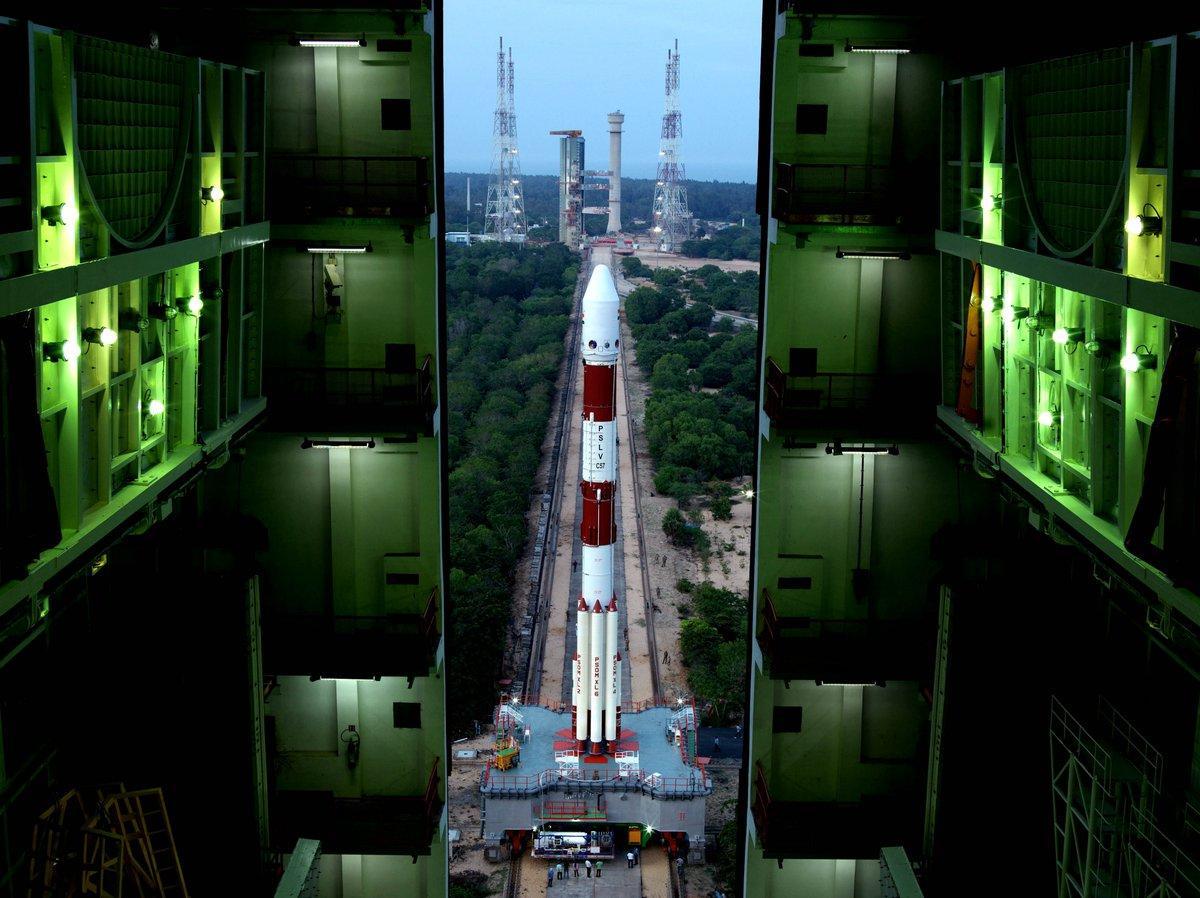ISRO to launch first solar mission
After the Mars and Moon mission, Aditya L-1 is the India’s third space mission, which will study the sun’s corona under certain objectives.
 Preparations for the launch of Aditya L-1. / Image – X/ISRO
Preparations for the launch of Aditya L-1. / Image – X/ISRO
After successfully landing a spacecraft on the Moon's South Pole, India is ready to launch the first Sun Mission "Aditya-L1" from the Sriharikota space center on September 2 at 11:50 a.m IST.
The Polar Satellite Launch Vehicle (PSLV) with seven payloads (Instruments on Board) will be used for the Sun Space Mission Aditya-L1, explained Union Minister of State for Science and Technology Dr Jitendra Singh during a speech in Manipur.
The spacecraft will be based in a halo orbit around the Sun-Earth system's Lagrange point-1(L1), which is about 1.5 million kilometers from Earth, while a satellite in the halo orbit will have the major advantage of continuously viewing the Sun without eclipses, he added.
According to ISRO, Aditya-L1 will study the solar corona from a location at the Sun-Earth Lagrange point L1. Using the special vantage point L1, four payloads directly observe the Sun, while the remaining three payloads conduct in-situ studies of particles and fields at the Lagrange point L1, providing important scientific studies of the propagatory effect of solar dynamics in the interplanetary medium, the space agency added.
India’s ambitious Solar mission is expected to provide the most crucial information to understand the problem of coronal heating, coronal mass ejection, pre-flare and flare activities and their characteristics, dynamics of space weather, propagation of particles and fields etc.
If everything goes as planned, India will join the elite club of only a few countries, including the United States, Japan, Europe, and China, whose solar missions were successful.



















Comments
Start the conversation
Become a member of New India Abroad to start commenting.
Sign Up Now
Already have an account? Login